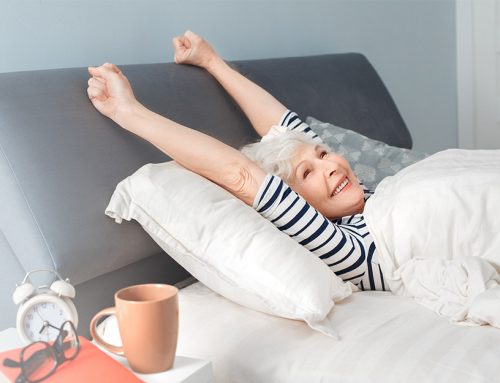What Is Urinary Incontinence?
Urinary incontinence is the loss of bladder control, resulting in unwanted and involuntary urination. Urinary incontinence may happen to any female or male individual at any age.
One-third of all people in the 30-70 age group across the world have experienced some sort of urinary incontinence.
This problem is more common among women and the elderly, in a way that one out of every four women above the age of 18 has a history of urinary incontinence.
Urinary incontinence arises from different causes and on its own its not considered a disease. UI is always a symptom of an underlying medical condition including but not limited to: urinary tract infection or obstruction, pregnancy & childbirth, hysterectomy, enlarged prostate, prostate cancer or prostate surgery, constipation, neurological diseases such as Alzheimer’s, etc.
Types of Urinary Incontinence
Stress Incontinence: involuntary leakage of urine due to sudden pressure on the bladder. For example it may happen when we cough, sneeze, laugh, exercise, or lift heavy objects;
Urge Incontinence: a sudden, intense urge to urinate followed by an involuntary loss of urine;
Overflow Incontinence: constant or frequent dribbling of urine because the bladder doesn’t empty completely;
Functional Incontinence: it occurs when the person’s bladder and/or bowel is working normally but is unable to use the toilet, due to a physical or a cognitive condition;
Mixed Incontinence: one may experience more than one type of urinary incontinence at the same time.
Urinary Incontinence Symptoms
Symptoms of urinary incontinence or overactive bladder vary from one person to another. The most common symptoms of urinary incontinence include:
Frequent need for urination (more than 8 times a day);
Urgent need for urination;
Frequent and constant urine leakage without feeling any need for urgent urination;
Sudden urine leakage and not feeling the need to stop;
Waking up two or more times during the night for urination;
Wetting the bed;
Urine leakage during laughing, coughing, sneezing, and heavy movements.
You are recommended to see s medical specialist when facing any of the above-mentioned symptoms.
Urinary incontinence may cause many inconveniences and prohibit the person affected from doing the things that bring meaning and joy to her/his life. Put simply, UI can have a negative effect on the quality of the lives of those involved. Unfortunately, many dealing with the condition fail to seek help. They may even deny it or think nothing can be done to improve their situation. However, that is not correct. Certain actions can be taken to prevent urinary incontinence from disrupting their lives. Learning about the condition and wearing adult diapers are some of the few examples of ways that UI can be better managed.
Urinary Incontinence Prevention Tips
Practicing these simple, effective techniques can help improve bladder control:
Bladder Retraining: try to hold your urine for 10 minutes whenever you feel a sudden need to use the bathroom. This can be practiced gradually. Meaning that the amount of time at which urine is held can be increased over time.
Repeated Urination: wait for a couple of minutes after each urination and then try again. This way, you exercise your bladder to discharge the urine more completely and prevent overflow urinary incontinence.
Scheduled Urination: urine voluntarily every 2 to 4 hours instead of waiting for the need to urinate. This way you help get your body and bladder get used a schedule.
Kegel Exercises: these exercises strengthen the pelvic floor muscles and help you have better control of your urination.
Control Daily Fluid Intake: start paying attention to your fluid intake vs your urination volume. Try to create a balance between the two as to have better control over urination.
Taking a Vitamin D Supplement: various studies show that there is a correlation between your body’s level of vitamin D and urinary incontinence. Try making sure you take a vitamin D supplement every day (check the right dosage with your doctor or pharmacist). Also, being exposed to sunlight for 20 minutes a day help with body’s absorption of vitamin D.
Easy Life Adult Diapers
Choosing the right adult diaper enables better management of urinary continence so that those affected can live a happier and more active lifestyle.
EasyLife Adult Diapers are available in two types: tape diapers and adult pants. Tape diapers are suitable for those who suffer from severe urinary incontinence, while adult pants are better suited for those who are active and suffer from low to average urinary incontinence.
Conclusion
Over time living with urinary incontinence can become tiresome if we fail to have the right understanding of how to control/manage it. Urinary incontinence may have a negative impact on the social lives of those involved due to the constant worrying of toilet availability, urine leakage, etc.
In turn, it can have a negative impact on mental health causing isolation and depression. Learning about UI and choosing the right adult diaper can help with better management of this condition so that we can get back to being socially active knowing that we are benefiting from the right protection.





Hi, this is a comment.
To get started with moderating, editing, and deleting comments, please visit the Comments screen in the dashboard.
Commenter avatars come from Gravatar.